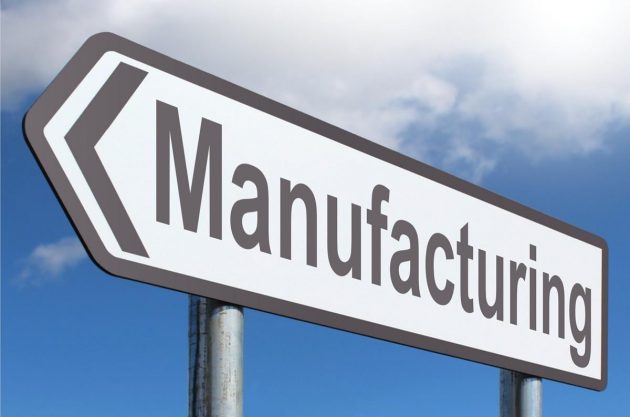
Manufacturers employing advanced 3D metrology for greater efficiencies across value chain
by CM Staff
Factory automation can potentially enhance the overall build process and create more efficient factories, finds Frost & Sullivan

PHOTO: Manufacturing/Nick Youngson via Picpedia.org
SANTA CLARA, Calif. — Frost & Sullivan’s latest white paper, Advanced Metrology Becomes Competitive Differentiator in Modern Manufacturing, discusses how advanced metrology enables design functions to improve products, processes, and manufacturing facilities. It also analyzes the ways sophisticated laser-based 3D metrology can modernize manufacturing and optimize performance.
“Modern manufacturing has embraced digital transformation due to its rapid and lasting impact on the bottom line,” observed Roberta Gamble, partner at Frost & Sullivan in a statement. “Advanced metrology is ideal for the production and assembly environments because, in the short term, it can enhance accuracy, reduce faults and resulting bottlenecks, increase customer satisfaction, and decrease errors across the process. Over time, the data and analytics resulting from advanced, laser-based 3D metrology can improve the entire build process, from creating more efficient factories to better supplier agreements.”
“Metrology has traditionally been a tool for quality control and inspection within manufacturing. However, as the sector races to modernize, leading manufacturers are finding they can leverage advanced metrology upstream in the factory’s build and assembly functions,” noted Michael Carris, Vice President, Product Marketing at FARO®. “This increases build accuracy and enables more efficient improvements than only conducting reviews with the final product inspection.”
Some of the cross-organizational benefits of advanced 3D metrology include:
- Expanding inspection demand and capabilities as industries modernize. For example, parts inspections, part and component re-engineering and reverse engineering, and final assembly are increasingly becoming part of the quality checklist.
- Developing an alert system that flags any possible faults or failures as they happen. It can also be used in a feedback loop that improves products and processes over time.
- Evolving beyond testing individual products and becoming an integral part of future “self-driving” factories.